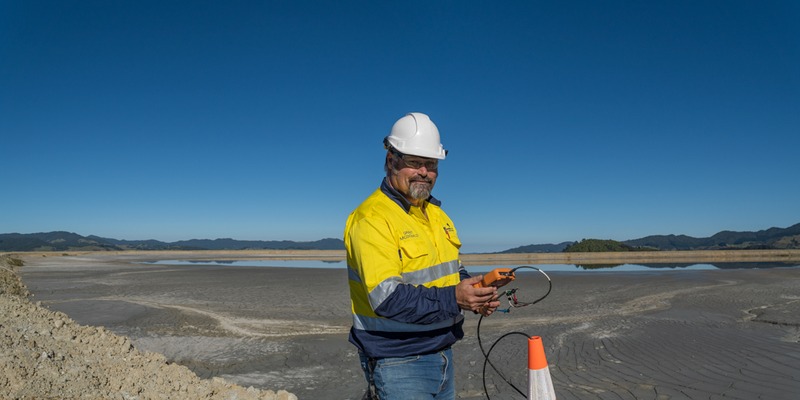We are pleased to share that an Expert Panel has made a final decision to grant approvals for the Waihi North Project.
This project displays OceanaGold’s ability to continue to support economic growth, create high-paying jobs, generate royalties, support communities, and boost exports at the same time as making a positive contribution to the environment.
OceanaGold will now commence the next phase of the Waihi North Project. Several conditions are attached to the project, most of which align with our current operating practices. Our immediate priority is finalising Management Plans that outline how we will meet these conditions. At the same time, we will continue work on the services trench to allow water to be moved between the Willows Road site and our existing Water Treatment Plant which will be upgraded. Construction will also begin on a surface infrastructure area on the farm on Willows Road to support the future commencement of tunnelling works.
The final decision and related conditions and technical documents can be viewed here: Fast-track
Waste Rock & Tailings

The mining process generates two by-products:
- Waste Rock: rock that is non-mineralised, or mineralised rock which contains insufficient gold to process economically.
- Tailings: the slurry that remains once the gold and silver have been extracted from the crushed ore at the processing plant.
Waste Rock
The predominant rock type at the Waihi area is andesite, and it varies from a completely weathered material (i.e. soil) through to ‘fresh’ rock. Ignimbrite is also present and its composition also varies from completely weathered to ‘fresh’. There are smaller quantities of alluvium and ashes (sands, silts and clays) that mantle the pit area.
A special feature of the waste rock is that some of it contains sulphide and is capable of producing acid drainage when exposed to oxygen and water. This rock is referred to as potentially acid forming (PAF) rock. Waste rock without the potential to form acid drainage is referred to as non acid forming (NAF) waste rock. Special design and operational procedures are used to control acid drainage generation. As a contingency, provision is made to collect and treat any fluid that is generated.
Tailings
Tailings are a slurry of around 30% solids and are deposited from the crest of the waste rock embankment via a series of spigots. Fresh tailings are deposited above water onto previously placed tailings.
The material is predominantly silt size, but also contains clay and sand sized particles. Immediately adjacent to the point of deposition into the pond the tailings contain a higher proportion of sand, because the sand particles settle out more quickly, while on the other side of the pond they contain a higher proportion of clay. Consequently, the physical characteristics of the tailings vary laterally across the pond, and this forms a tailings ‘beach’ adjacent to the crest.
The tailings have low permeability, and as they consolidate the permeability reduces to the extent that they are generally less permeable than the natural soils that underlie the embankment. The reducing permeability means that seepage from the tailings mass decreases significantly with time. Following consolidation, the permeability of the tailings reduces by more than a factor of 10 compared with its permeability after initial deposition, to become generally less than 10-9 metres per second. The permeability of the consolidated tailings is very low and is equivalent to that required for the liner of a modern landfill.
Tailings Storage
At Waihi, waste rock is used to form engineered embankments that are progressively raised to ‘keep up’ with tailings production.5
Embankment Design
The waste rock embankments are designed as earth/rock-fill water-retaining structures.4
Water Management
Water drainage interception, detention, and treatment facilities are required to minimise the effects of runoff any on surrounding watercourses.2
Acid Drainage
It is important to manage the placement of Potentially Acid Forming (PAF) material within the embankments.1




